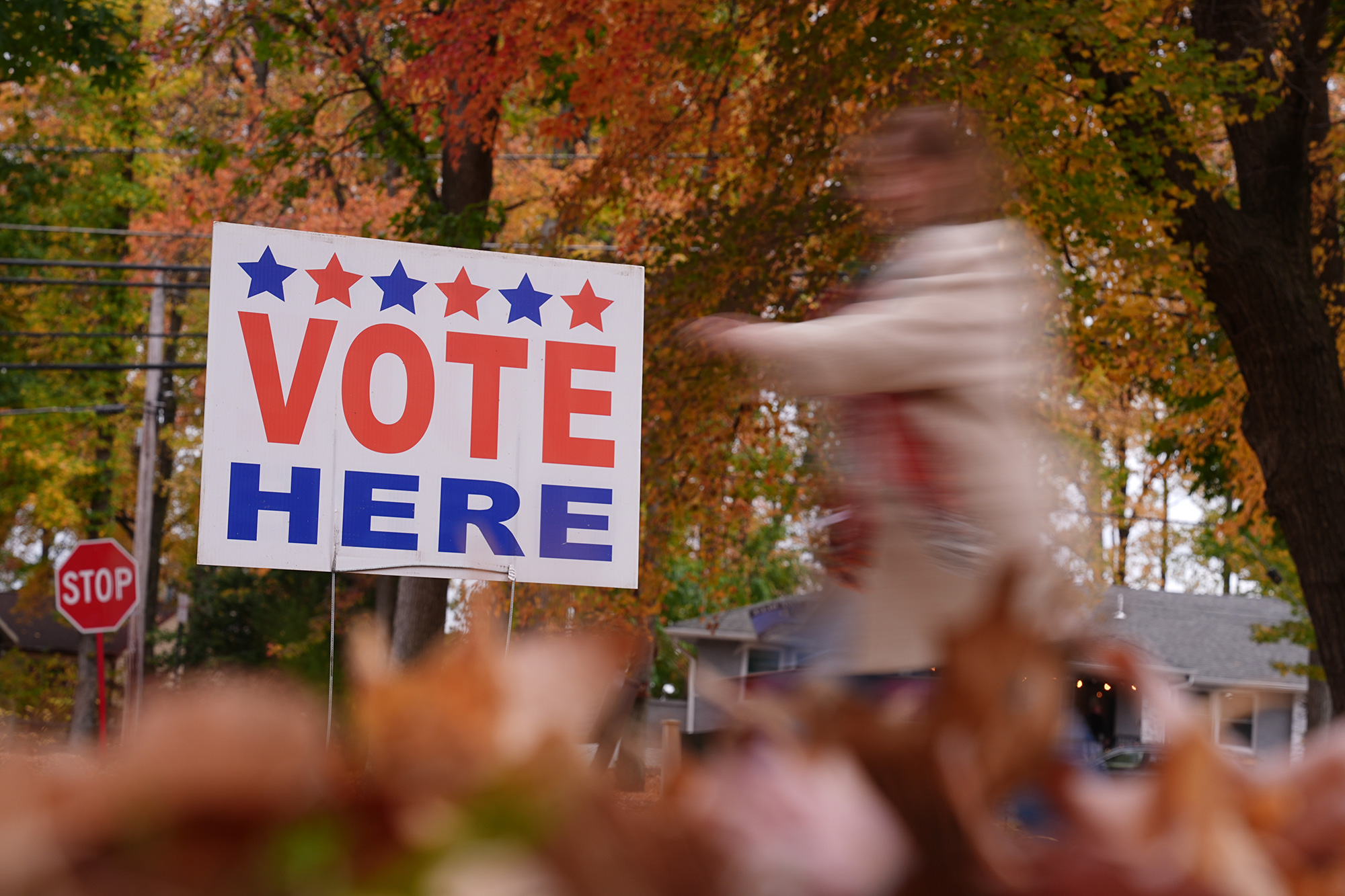Congress is getting focused on permitting and regulatory reform to make it easier to build housing, energy infrastructure and much more. But what would this actually entail?
One thing many Democrats and Republicans in Congress actually agree on is that it is often impossibly difficult to build the things we need, from energy infrastructure to housing. That’s why there is growing support for bipartisan regulatory and permitting reform. Big projects are often subject to a web of federal, state and local rules. So, here’s a breakdown of which government entity is in charge of what.
If a project touches federal lands or waters, crosses state lines for natural gas, or uses major federal funding, it will usually require a federal lead agency and a federal environmental review under the National Environmental Policy Act (NEPA). Everything else, including most solar farms, road repairs, or water projects, falls primarily under state or local authority.
Understanding this distinction matters. Many of the large, modern infrastructure projects funded by the 2021 Bipartisan Infrastructure Law, especially clean energy, transmission, and broadband, run straight through these federal permitting chokepoints.
Here is a simple guide to who permits what:

Sometimes a project that looks “state-run” still triggers a federal review because it needs one federal permit, like crossing a wetland or impacting endangered species. These triggers can introduce delays even when most of the permitting happens locally.
For clean energy, the most federally entangled projects include offshore wind farms, interstate transmission lines, and major hydrogen or carbon capture hubs funded by the Department of Energy. Projects like rooftop solar, EV chargers, or in-state battery storage often move faster because they are permitted entirely at the state or local level.
There is growing recognition that modernizing the federal permitting process, without weakening environmental standards, could unlock major economic benefits. A recent McKinsey report estimated that faster and more predictable permitting could help the United States mobilize hundreds of billions of dollars in clean infrastructure investment while still protecting public land, water, and communities.
Related
Sam Zickar
Sam Zickar is Senior Writer at No Labels. He earned a degree in Modern History and International Relations from the University of St Andrews and previously worked in various writing and communications roles in Congress. He lives in the Washington, D.C. area and enjoys exercise and spending time in nature.





You must be logged in to post a comment.